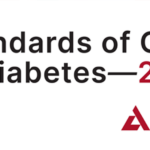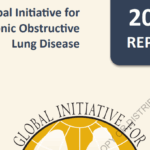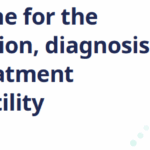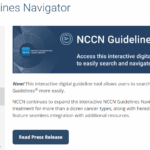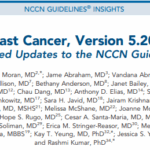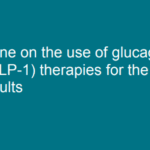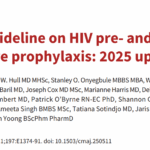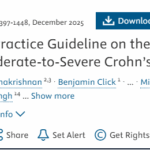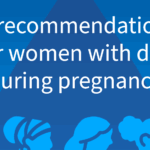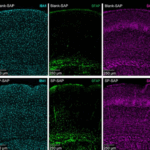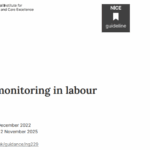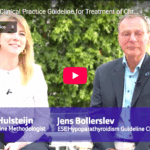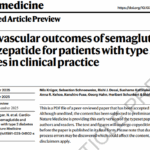Alzheimer, scoperti i meccanismi all’origine della malattia
Notizie dalla RicercaUno studio coordinato dal professor Marcello D’Amelio dell’Università Campus Bio-Medico di Roma, pubblicato su “Nature...
Sclerosi multipla: Scoperte le cellule immunitarie che riparano il cervello
Notizie dalla RicercaI ricercatori della Queen’s University di Belfast hanno scoperto che specifiche cellule del sistema immunitario sono attori chiave nella...
Tumore: diagnosticarlo con un esame del sangue
Notizie dalla RicercaBioingegneri dell’Università della California di San Diego hanno sviluppato un nuovo test del sangue che potrebbe rilevare il cancro –...
Scoperta molecola che blocca l’invecchiamento cellulare
Notizie dalla RicercaE’ stata individuata per la prima volta da un team di ricercatori dell’IFOM di Milano una classe di molecole antisenso specifiche per...
Scoperto come far morire di fame le cellule tumorali
Notizie dalla RicercaPer decenni, gli scienziati hanno cercato di fermare il cancro, bloccando le sostanze che portano il nutrimento alle cellule tumorali, in...
Antidepressivi aumentano il rischio di fratture negli anziani
Notizie dalla RicercaL’uso di antidepressivi quasi raddoppia il rischio di frattura dell’anca tra le persone residenti in comunità con malattia di...
Come stress e attacchi di cuore sono collegati
Notizie dalla RicercaGli scienziati sanno da tempo che lo stress può influenzare la salute del cuore, ma esattamente come questo rapporto si svolge è ancora...
L’invecchiamento potrebbe essere reversibile, almeno negli animali
Notizie dalla RicercaI ricercatori del Salk Institute di La Jolla (California) coordinati dal prof. Juan Carlos Izpisua Belmonte hanno messo a punto una nuova...
Farmaci contro l’ipertensione arteriosa bloccano il cancro
Notizie dalla RicercaI ricercatori dell’University of Turku in Finlandia hanno identificato un nuovo modo per bloccare la diffusione del cancro in vitro. Si...
Tumori: i grassi responsabili delle metastasi
Notizie dalla RicercaUno studio condotto presso l’Institute for Research in Biomedicine (IRB Barcelona) e pubblicato sulla rivista “Nature” ha...
Possibile causa batterica per l’Artrite Reumatoide
Notizie dalla RicercaI ricercatori della Division of Rheumatology, Johns Hopkins University School of Medicine, Baltimore, USA, hanno nuove prove che un...
Tumore al seno: Individuata l’origine precoce delle metastasi
Notizie dalla RicercaIn modo sorprendente i malati di cancro che si presume siano guariti dopo la rimozione del tumore primitivo e la terapia, possono in...
Alzheimer: nuove possibili opzioni di trattamento
Notizie dalla RicercaI ricercatori australiani della University of New South Wales, Sydney, Australia, hanno identificato una proteina, la p38γ chinasi, che...
Scoperto anticorpo che neutralizza il virus HIV
Notizie dalla RicercaI ricercatori del National Institute of Allergy and Infectious Diseases (Niaid) del Nih (National Institutes of Health), in uno studio...
Fibrillazione atriale: Anticoagulanti e rischio demenza
Notizie dalla RicercaUn nuovo studio di revisione di dati medici su 6.000 pazienti riferisce che gli individui con fibrillazione atriale che prendono...
Identificate le proteine responsabili delle metastasi nel cancro al seno
Notizie dalla RicercaI ricercatori della Boston University School of Medicine (BUSM) hanno utilizzato delle linee di cellule di cancro al seno, che presentano...



